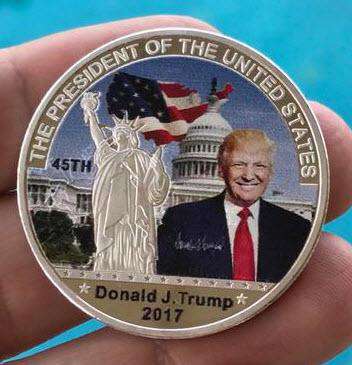The Democratic Party appears to be at a crossroads, characterized by a desperate attempt to maintain relevance amid a dwindling talent pool and a fraying ideological framework. The recent speculation surrounding Vice President Kamala Harris and her political aspirations illustrates not just a lack of inspiring candidates but also an unhealthy obsession with past failures. In a party vying for reinvention, the potential resurgence of Harris and the likes of her signifies an alarming inclination towards nostalgia rather than innovation.
The two prevailing narratives about the Democratic Party’s future suggest either an outsider insurgency led by figures like Bernie Sanders or Alexandria Ocasio-Cortez or an internal push for moderation. The first scenario presupposes that the establishment is too entrenched to allow for external change, resulting in the need for radical figures to galvanize the base. The second takes a more measured approach, advocating for a shift within the party ranks towards a more centrist outlook. Both suggestions, however, presuppose a degree of vitality that simply may not exist in the current Democratic establishment.
As recent gossip reveals Harris’s intentions to keep her political options open, the question arises: what exactly is left of the Democratic bench? A swirling list of candidates includes the likes of Gavin Newsom, whose governorship of California has been puzzling at best, and J.B. Pritzker, who remains mostly notable for his hefty campaign contributions rather than any substantial political accomplishments. Moreover, Gretchen Whitmer’s disastrous moments in campaigning have unlikely endearing qualities for the national stage. The situation reveals a startling reality—there simply isn’t a depth of talent or vision within the Democratic Party, making it difficult for even the most optimistic members to project a meaningful path forward.
This lack of viable options is compounded by the Democratic media complex’s failure to adapt to shifting political tides. The party, insulated from the repercussions of its policies by a friendly mainstream media, has struggled to recalibrate in the face of modern challenges. Much like a character trapped in a bubble, Democrats have become unaccustomed to the harsh realities of governance and public opinion. When the bubble bursts, as it has begun to, the party is left scrambling, continuously misjudging the political landscape.
The ramifications of this are evident not just domestically. In the international arena, NATO’s military chief warning about potential wartime scenarios involving Russia underscores the importance of robust leadership during complex geopolitical challenges. Yet, while European nations begin to recognize the reality of their security situations, America seems mired in its own political quagmire, distracted by internal strife rather than addressing pressing global issues. The potential shift to a more conservative leadership under Donald Trump might catalyze changes abroad, further highlighting the misalignment of the current U.S. administration’s priorities.
In conclusion, the Democratic Party’s future looks increasingly tenuous. With a leadership void and a bubble-induced disconnection from reality, the party appears unable to mount a serious challenge to recapture the hearts and minds of Americans. While Republicans work to prepare for upcoming contests, Democrats may find themselves in a state of paralysis, clinging to familiar faces in the absence of compelling alternatives. An empty bench and a lack of fresh ideas seldom inspire confidence, and if changes aren’t made soon, it may lead to a situation where the party’s continued existence is as shaky as its leadership prospects.







